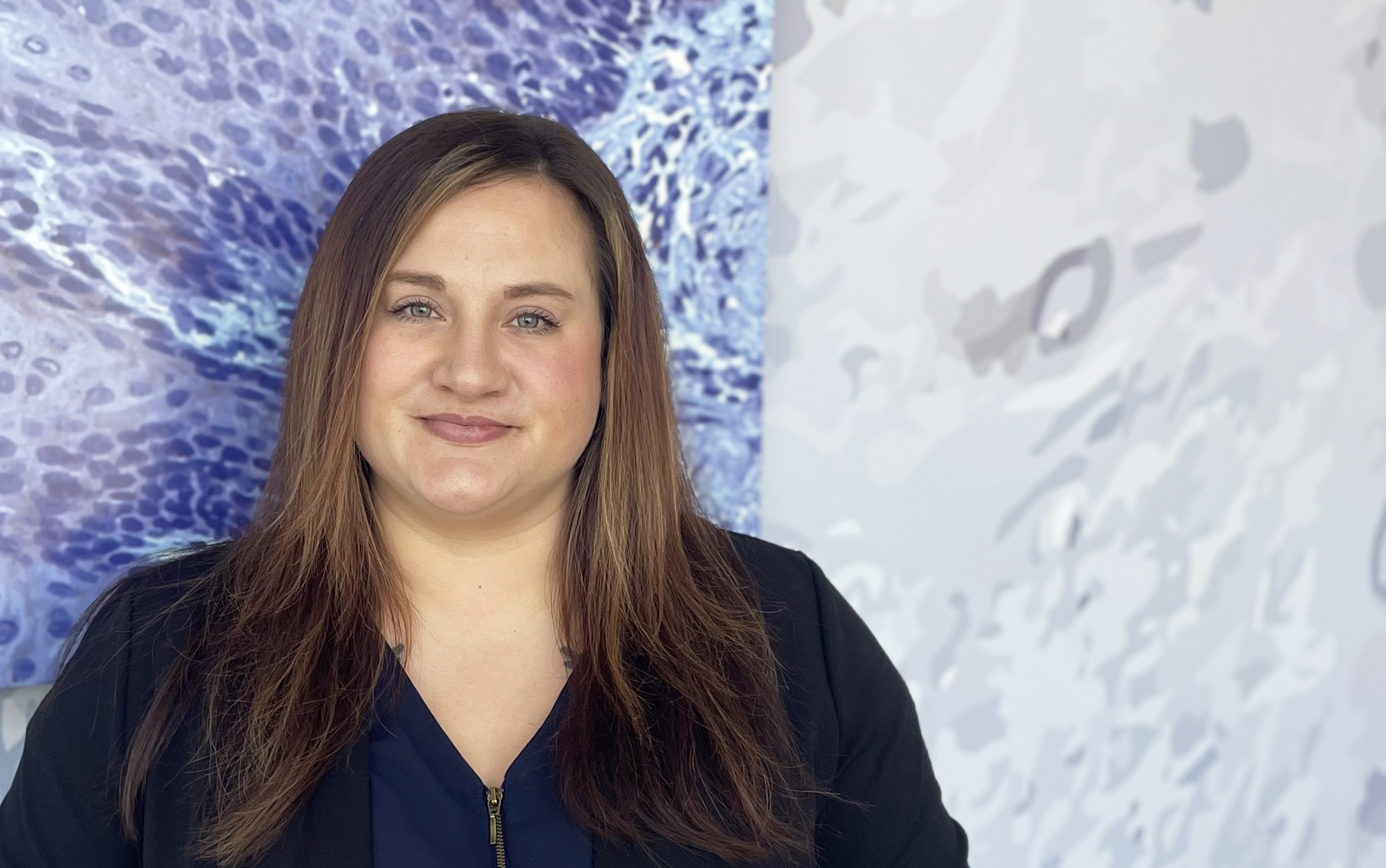
Eradicating cervical cancer
I attended the Breast Cancer Education conference in St. Paul in October. It was a wonderful event and among the inspiring stories and valuable information, one speaker said something that surprised and intrigued me. They said that eliminating cervical cancer is possible. Not in the future, when we learn more or develop new treatments — we could do it now, with the knowledge and technology we currently have. So, I decided to learn more. According to the World Health Organization (WHO), cervical cancer is the 4th most common form of cancer among women worldwide despite the fact that it is preventable and curable with early detection and effective management. With proper vaccination, screening and early treatment cervical cancer could be essentially eliminated as a public health problem. So why are so many women still dying from a disease that we know we can prevent and manage? Unfortunately, cervical cancer occurrence is yet another example that serves as a marker of global inequality. Nearly 90% of the 340,000 cervical cancer deaths in 2020 worldwide were from low- and middle-income countries, says the WHO, and the proportion of women who die from the disease is greater than 60% in these countries. For comparison, the rate in high-income countries is closer to 30%. Limited services exacerbate the problem: In low- and middle-income countries, access to public health services like screening and vaccinations is limited, and even with the knowledge we have, the services have not been widely implemented. In addition, there is a stigma around one of the main components of preventing this disease: HPV vaccination. Cervical cancer is different from most cancers in that 95% of cases are linked to the human papillomavirus (HPV). HPV is one of the most common viral infections of the reproductive tract, and most sexually active men and women will be infected at some point in their lives. Normally, the immune system clears the infection easily, but if it lingers in cervical cells, it can trigger mutations that can eventually turn those cells cancerous. HPV vaccination is a very safe and effective way to make sure people don’t get infected, but many people see it as a sexually transmitted disease vaccination and not a cancer vaccination, which has a big impact on whether they decide to get their teenagers vaccinated. The WHO decided to take on the seemingly achievable task and adopted the Global Strategy for cervical cancer elimination in August of 2020. To eliminate cervical cancer, it says, the occurrence of cervical cancer would need to reach and maintain a rate of below 4 per 100,000 women in all countries. To achieve this goal, each country needs to reach 3 numbers by 2030 to eliminate the cancer within the next century:
- 90% of girls need to be fully vaccinated with the HPV vaccine by the age of 15
- 70% of women need to be screened twice before age 45
- 90% of women with pre-cancer or invasive cancer must be treated
These numbers may seem large, but many countries are already making incredible progress. Australia expects to become one of the first countries to achieve these goals within the next 10 years, and England just pledged to eliminate the cancer by 2040. In addition, countries like Nigeria, Bangladesh and Indonesia have implemented national HPV vaccine programs. Eliminating any kind of cancer was honestly not something I ever thought I would see in my lifetime. Just knowing that it is possible is truly incredible and gives me hope that cancer will someday be something humans can live with and manage rather than be devastated by. It will take a lot of collaboration, and the World Health Organization (WHO) says it well: “The moment has arrived for an ambitious, concerted and inclusive strategy to accelerate the elimination of cervical cancer as a global public health problem. It is our collective responsibility to bring it to fruition: policy makers, healthcare providers, civil society, the research community, and the private sector all have important roles to play. Now is the time to act.” More information about HPV vaccines and cervical cancer is available on the Centers for Disease Control and Prevention (CDC) website.
